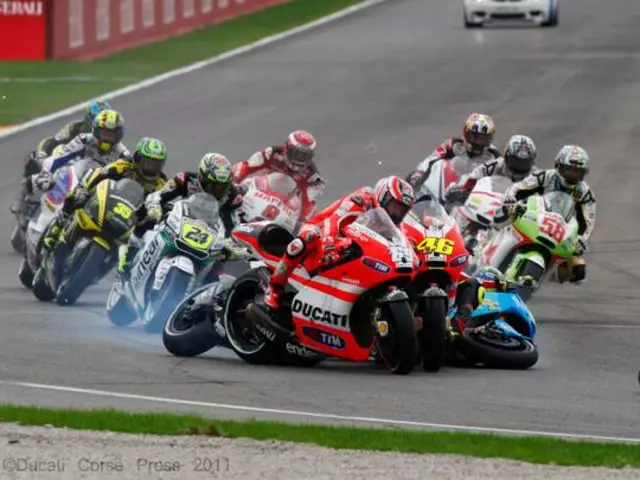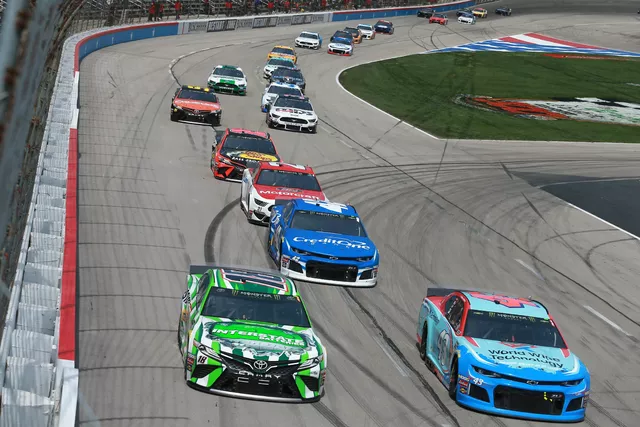Le Mans Racing – The Ultimate Endurance Test
If you love speed and stamina, Le Mans is the name that pops up instantly. It’s not just a race; it’s a 24‑hour marathon where cars, drivers, and crews push the limits. Whether you’re a casual fan or a hardcore gearhead, understanding what makes Le Mans special can deepen your appreciation.
A Brief History of the 24‑Hour Race
Le Mans began in 1923 on the roads around the French town of Le Mans. Back then the track was a mix of public streets and countryside, making it a real test of durability. Over the years the circuit turned into a purpose‑built track, but the core idea stayed the same – survive 24 hours and be the fastest.
The race grew after World War II, attracting big manufacturers like Ferrari, Porsche, and Ford. Their rivalry turned the event into a showcase for technology. When Ford entered in the 1960s, they wanted to beat Ferrari at their own game, leading to the famous 1966 showdown that inspired the film *Ford v Ferrari*.
Icons and Moments You Can’t Miss
Ken Miles is a name every Le Mans fan hears. He drove the Ford GT‑40 in 1966 and almost took the win, finishing a tiny fraction ahead of the competition. The race was stopped early, and official results gave the victory to another driver. Even without the checkered flag, Miles’ effort still feels legendary.
Another unforgettable moment came in 1999 when BMW’s car retired just minutes before the finish, but their driver’s quick pit work saved the team from a huge loss. Stories like that show how strategy matters as much as speed.
Today, drivers like Fernando Alonso and teams such as Toyota and Porsche keep the excitement alive. The race constantly evolves with hybrid tech, new aerodynamics, and stricter safety rules, but the heart‑pounding drama remains unchanged.
Le Mans isn’t just about drivers; the pit crew’s role is huge. A well‑timed tire change or a quick refuel can gain seconds that decide the outcome. Watching the pit lane buzz gives you a glimpse of the teamwork behind the scenes.
If you’re new to the race, start by watching highlight reels of the last few years. Notice how cars manage their pace – they’re fast but never reckless. The goal is to keep the car running, not just to set the fastest lap.
When planning to attend the event, pick a spot near the start‑finish line. You’ll see the most action as cars cross the line hundreds of times. Bring ear protection – the roar is louder than you think – and be ready for weather changes. The race can be sunny, rainy, or both in one day.
For those who prefer staying home, many streaming services broadcast the race live with commentary that explains the tactics in plain language. Look for channels that offer a picture‑in‑picture view so you can follow the leader while watching the whole field.
Whether you watch a single lap or the full 24 hours, Le Mans offers a unique blend of speed, strategy, and endurance. It reminds us that racing is as much about surviving the long haul as it is about crossing the finish line first.

Well, folks, let's talk about Audi, the king of LeMans. They've been ruling the roost like a rooster with a rocket booster! It's not just a fluke, you know. Their secret sauce? A combo of top-notch engineering, innovative hybrid technology, and strategically changing their tires less often. Sounds simple, but they've got the recipe just right. Now, if only I could apply that same strategy to dominating my fantasy football league!
Maverick Kincaid Aug 3, 2023



